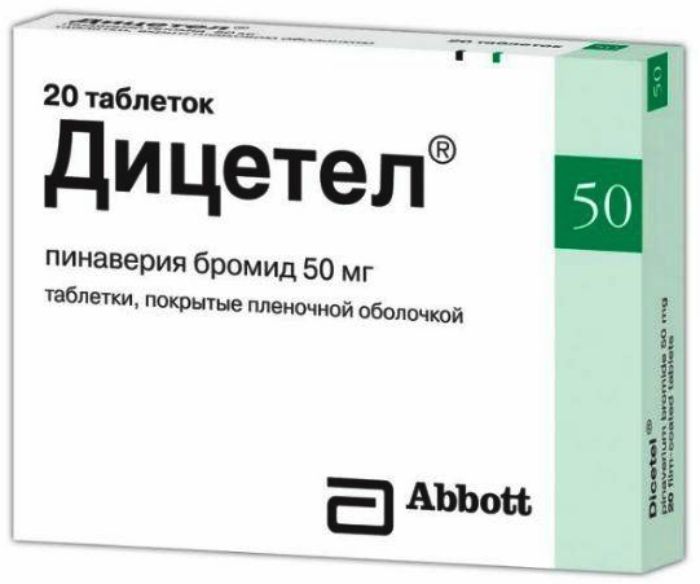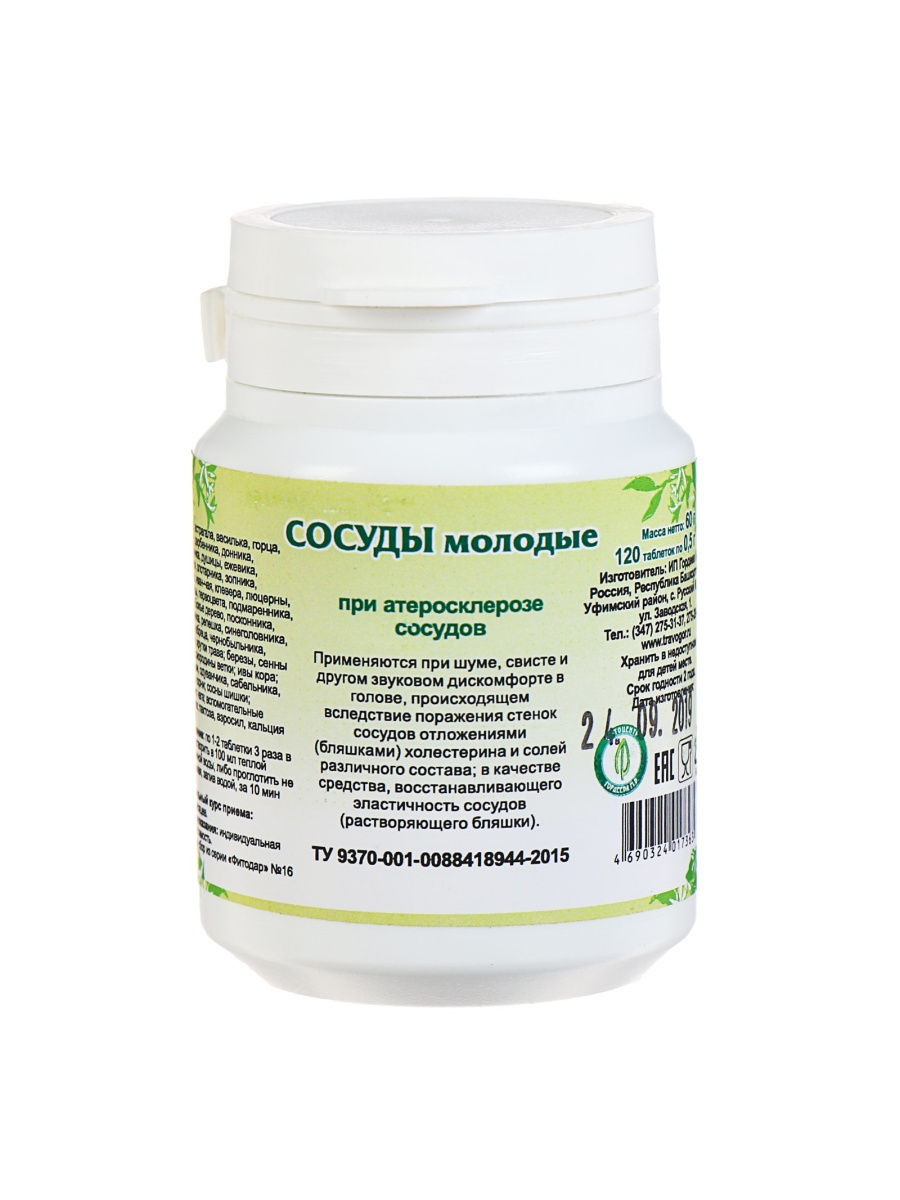- No products in the cart.
Ditsetel tab n / 50mg film about 20 pc
$12.03
Ditsetel tab n / 50mg film about 20 pc
Description
Composition
Active substance:
1 tablet of 100 mg contains: pinaverium bromide – 100 mg 50 mg 1 tablet contains: pinaverium bromide – 50 mg.
Excipients:
Colloidal silicon dioxide – 1,00 mg (2.00 mg), microcrystalline cellulose – 79.35 mg (158.70 mg), talc – 3,00 mg (6.00 mg) Magnesium stearate – 1,50 mg ( 3.00 mg), pregelatinized starch – 17.00 mg (34.00 mg), lactose monohydrate – 18.15 mg (36.30 mg).
Film coating: butylmethacrylate copolymer core – 8,176 mg (16.352 mg), sodium lauryl sulfate – 0.818 mg (1.636 mg), talc – 6.473 mg (12.946 mg), stearic acid – 1.192 mg (2.384 mg) sepispers dry 3203 – 0.341 mg ( 0.682 mg) (hypromellose (E 464) – 55,0-65,0%, microcrystalline cellulose (E 460) – 5,015,0% titanium dioxide (E 171) – 20,0-30,0% dye sunset yellow (aluminum Lake) (E 110) – 3.0%).
Description:
50 mg Tablets
Round biconvex tablets, film-coated orange engraved “50” on one side and marked «d» by the letter «S» on the other side.
100 mg Tablets
Round biconvex tablets, film-coated orange engraved “100” on one side and marked «d» by the letter «S» on the other side.
Product form:
Film-coated tablets 50 mg.
20 tablets in PVC / Alu blister. 1 blister together with instructions for use in a cardboard pack.
Film-coated tablet 100 mg.
15 or 20 tablets in PVC / Alu blister. 1 blister (20 tablets) or 2 blisters (15 tablets), together with instructions for use in a cardboard pack.
Contraindications
– hypersensitivity to any component of the drug. – lactase deficiency, galactose intolerance, glucose-galactose malabsorption. Due to insufficient data on the efficacy and safety of the drug in children under 18 years of age is not recommended.
Dosage
50 mg
Indications
-Simptomaticheskoe treatment of pains, transit disorders of intestinal contents and discomfort associated with functional disorders of the intestine; – Symptomatic treatment of pain associated with biliary tract functional disorders; – Preparation for X-ray examination of the gastrointestinal tract with barium sulfate.
Interaction with other drugs
Clinical studies have not revealed any interactions pinaverium bromide with cardiac glycosides, oral hypoglycemic agents, insulin, oral anticoagulants and heparin.
Simultaneous administration of anticholinergic agents can enhance docking spasms.
There was no effect of the drug on the results of laboratory tests to determine the drug concentration.
Overdose
Symptoms: an overdose can lead to gastrointestinal disorders, such as bloating and diarrhea.
Treatment: the specific antidote is not known; Symptomatic treatment is recommended.
pharmachologic effect
Pharmacological group:
Antispasmodic.
Pharmacodynamics:
Antispasmodic with a selective effect on the gastrointestinal tract. Inhibits calcium entry into the cells of smooth muscles of the intestine. Animal studies have shown that pinaverium bromide reduces the effects of the stimulation of sensory neurons. It has no anticholinergic effect. It has no effect on the cardiovascular system.
Pharmacokinetics:
After ingestion pinaverium bromide is rapidly absorbed, reaching a maximum concentration in plasma after one hour. Pinaverium bromide has a high ability of binding to plasma proteins (95-96%). The drug is extensively metabolised in the liver. The half-life is 1.5 hours. The absolute bioavailability is very low (less than 1%). Excreted primarily in the feces.
Pregnancy and breast-feeding
There is insufficient data application pinaverium bromide pregnant women. The potential risk for humans is unknown. Use of the drug during pregnancy is permitted, if the benefits from the use of the mother outweighs the potential risk to the fetus.
In addition, one should take into account that the drug includes bromine. In connection with this appointment pinaverium bromide in late pregnancy can cause neurological disorders (decrease in blood pressure, sedation) in the newborn.
There is not enough information about the excretion of the drug Ditsetel® breast milk. Physico-chemical and available data on pharmacodynamics and toxicology of the drug Ditsetel® point to excretion of the drug to the mother’s milk, and therefore, the risk can not be excluded for an infant. Ditsetel® should not be used during lactation.
Conditions of supply of pharmacies
On prescription.
side effects
During post-marketing use of these reported adverse events. Messages were spontaneous, and to accurately assess the incidence of insufficient data are available. Disorders of the gastrointestinal tract: abdominal pain, diarrhea, nausea, vomiting, dysphagia.
If the wrong reception of the drug may damage the esophageal mucosa (see. The section “Special instructions”).
Violations of the skin and subcutaneous tissue disorders:
Rash, pruritus, urticaria, erythema.
Violations by the immune system:
Hypersensitivity.
special instructions
Due to the risk of damage to the esophageal mucosa must carefully adhere to the recommendations on the application. Patients with esophagitis and / or esophageal hernia openings must pay particular attention to the correct use of the drug.
Effects on ability to driving and other mechanisms:
Studies on the effect of the drug on the ability to drive a car and other mechanisms not conducted.
Storage conditions
Store in a dry, dark place at a temperature not higher than 30 ° C. Keep out of the reach of children!.
Dosing and Administration
The drug is intended for oral administration.
Tablets taken with food whole without chewing or dissolving, a glass of water to prevent contact pinaverium bromide with esophageal mucosa (see. Section “Special Instructions”).
Ditsetel®, tablets, film-coated, 50 mg.
The recommended daily dose – 1 tablet 3 times daily or 2 tablets 2 times per day.
If necessary, the daily dose may be increased to two tablets three times a day.
In preparation for X-ray examination – 2 tablets 2 times a day for 3 days prior to the study.
Ditsetel®, tablets, film-coated, 100 mg.
The recommended daily dose – 1 tablet 2 times per day.
If necessary, the daily dose may be increased to 1 tablet, 3 times a day. In preparation for X-ray examination – 1 tablet 2 times daily for 3 days prior to the study.
Information
Appearance may differ from that depicted in the picture. There are contraindications. You need to read the manual or consult with a specialist
Additional information
| Weight | 0.100 kg |
|---|---|
| Manufacturer | Abbott |














There are no reviews yet.